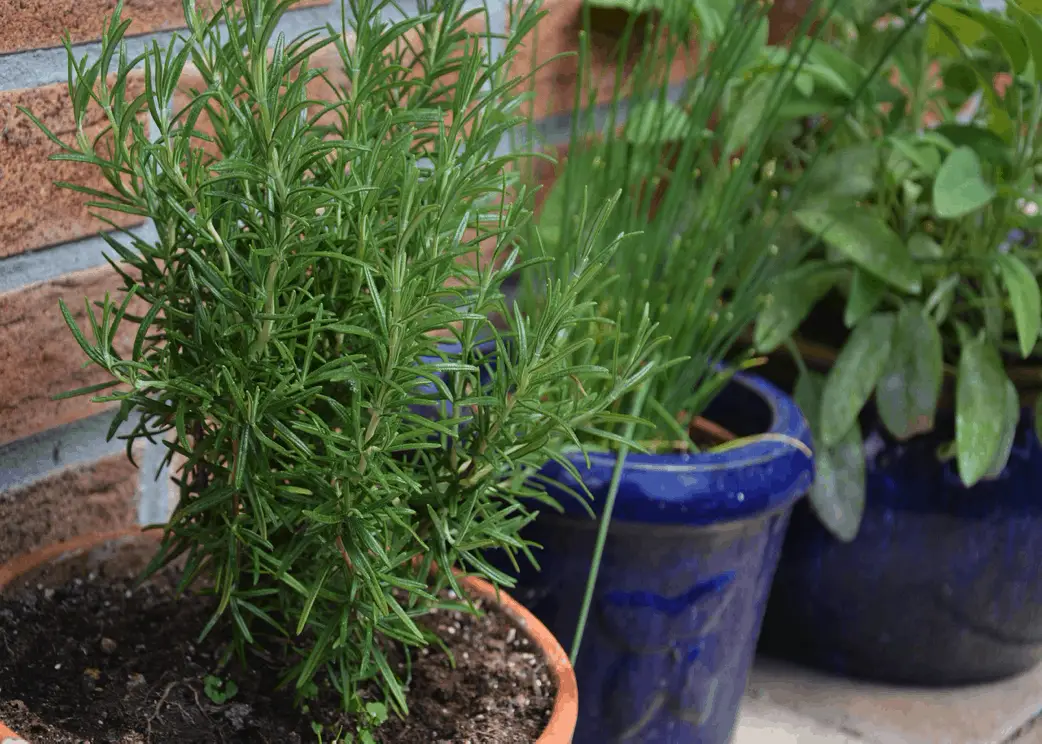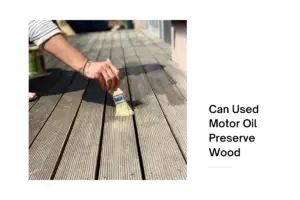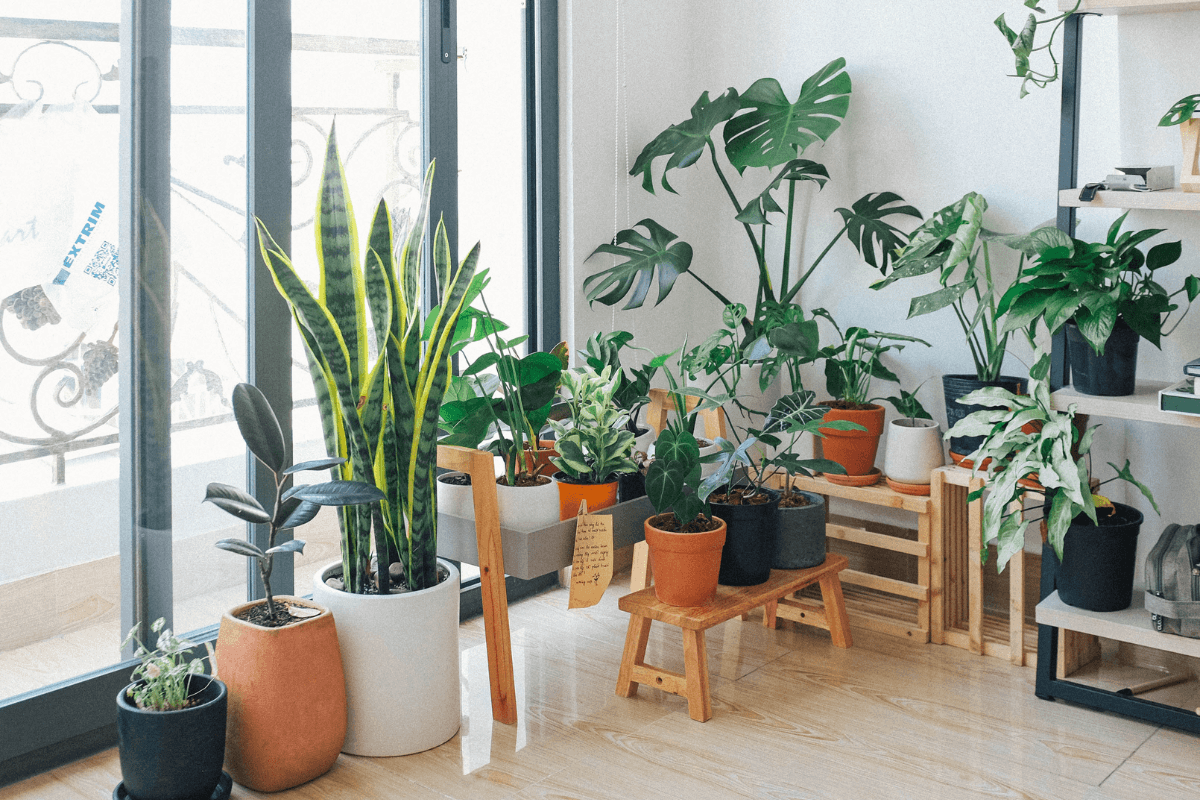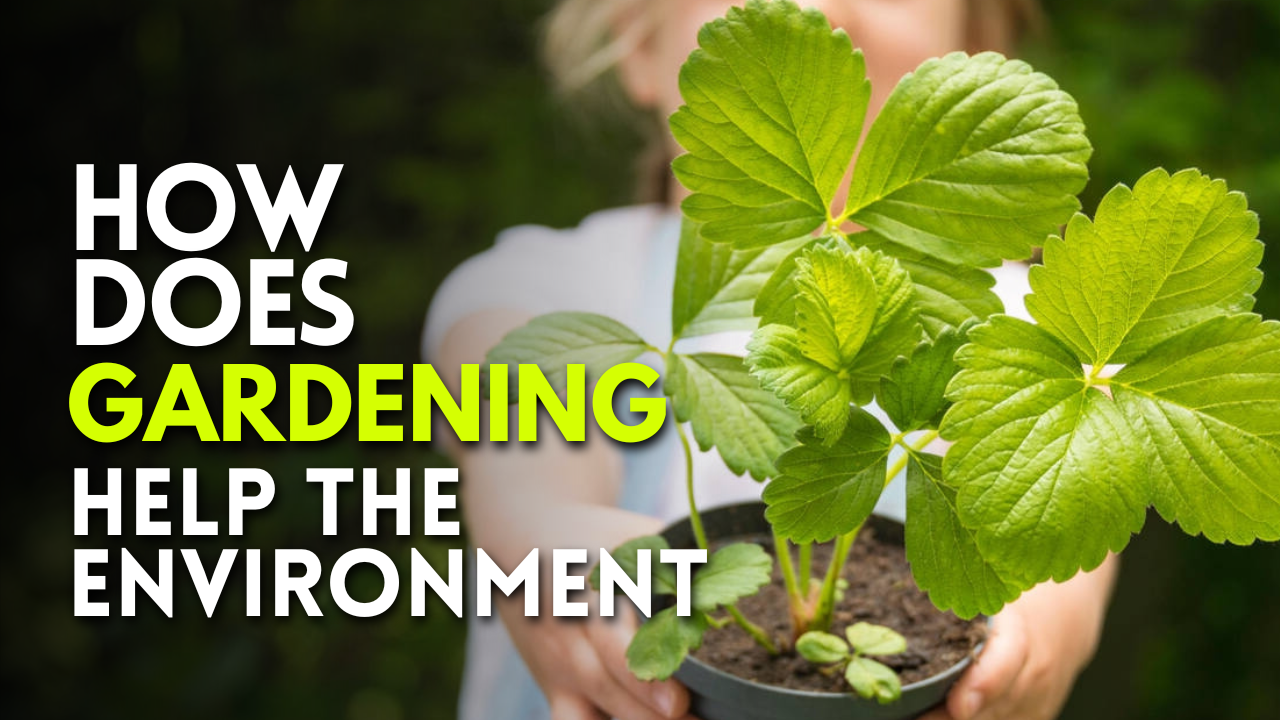Rosemary is a popular herb that is extremely fragrant in nature. It is native to the Mediterranean and finds a host of applications in our day to day lives.
First and foremost, it is used in cooking as a culinary ingredient. It is also used in making perfumes and has a host of health benefits for our skin, hair, and body.
Rosemary contains ingredients that help increase blood circulation in our body and also improving digestion.
Table of Content
Add a header to begin generating the table of contents
There are various ways to grow your own rosemary in your home, as it is fairly easy to grow and can thrive under extreme weather conditions.
When you learn how to grow rosemary from cuttings, you will have an endless supply of this popular herb for cooking. Rosemary is a hardy plant that grows well in direct sunlight once its roots are established.
The methods grow rosemary from cuttings may not be familiar to many people. In fact, many vegetables can be grown from cuttings. In this article, we will discuss how you, too, can grow rosemary from cuttings. Read on to find out more
Ways to grow Rosemary from cuttings
There are various ways to grow Rosemary from cuttings in your house or garden. Most people start with a potted plant and nurture it, till it grows to adult size. However, there is another easy method you can use to multiply the number of Rosemary plants you have and grow them easily.
Cuttings are the parts of the plant which you separate from the mother stem. Cuttings can be placed inside the water and under specific weather conditions, they can grow roots and finally turn into a mature plant.
The best time to do this would be in spring when new growth in your plant has developed. However, it is also okay to take your cuttings during other seasons also. You should just avoid cutting active flowering plants as this can damage them.
Another thing to keep in mind is to cut just below the branching point where there are meristematic cells present. These cells are designed to create new parts of the plants such as leaves and roots.
The steps to growing your own Rosemary from cuttings are given down below.
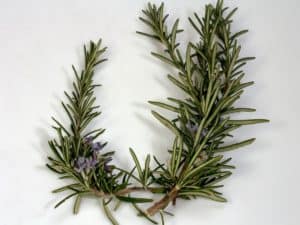
Things you will need :
1. A mother plant
2. A sharp Knife
3. Clean container
4. Water
5. A warm place which is not directly under the sun
6.Optional: Perlite, growth hormone, and Vermiculite 50:50 ratio
Steps to follow:
1. Take a sharp knife and make a clean cut at the base of a branch.
2. look for the greener part of the branches to make rooting easier Remove the leaves from the lower part of the stem.
3. Now, all you need is a clean container and water. Remove the leaves from the bottom 3/4 of the branch and place it in a water-filled container.
You can also opt to use a rooting hormone like Miracle Grow Fast Root to give your cuttings a boost. You can also mix Perlite and Vermiculite in a 50:50 ratio to get your roots stronger for growth.

4. Change the water inside the container daily so that bacteria does not grow. Also, ensure that you keep the container in a place that has a good amount of moisture. A DIY greenhouse can also come in useful in this scenario.
5. After about 3-4 weeks, you can check the container for signs of any roots growing. You can also do a light tug test to determine if your cuttings have generated roots and are in the process of becoming a new plant.
6. Plant the rooted rosemary in a pot with drainage holes with a mixture of potting soil and perlite to promote drainage
7. As the rosemary hight becomes more than 3 times the pot size, you might want to transfer to a larger pot or your vegetable garden and possibly take more cuttings to increase your rosemary garden
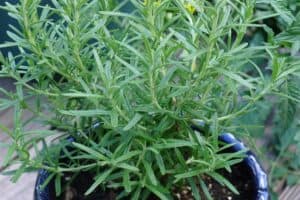
Common Questions about Growing Rosemary
Can you root Rosemary cuttings in water?
Rosemary cuttings tend to sprout roots under water, provided the conditions are ideal like water and temperature. Also, water needs to be changed daily in order to ensure there is no growth of bacteria inside the container which will stunt the growth of the plant.
In about a month you will start to see new leaves on the top of the cutting and the stem also starts getting thicker. This is when the roots start forming inside the water and help to carry nutrients to the whole part of the plant.
Can you grow a Rosemary plant from a cutting?
You can grow a full Rosemary plant from a cutting. In some cases, people have reported that plants matured quicker from cuttings than from seeds. Thus, you will be able to harvest your Rosemary sooner.
All you need to do is take the plant from outside the container and place it in a pot when it is around a month old. This is the ideal phase of flowering for your plants as the difference in surface temperature, and additional nutrients present in the soil help your plant mature faster.
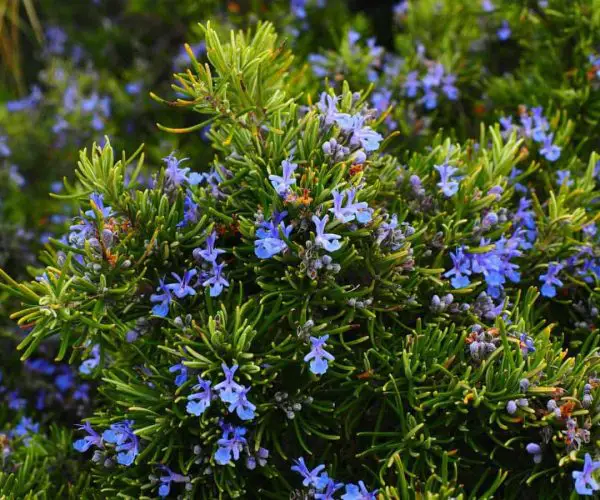
How long does it take for the cutting to root?
Typically it take about 3-4 weeks for roots to sprout from the cuttings. You can check for yourself whether roots have sprouted or not by placing your hand inside the water mixture and searching for any roots.
You can also carry out the tug test to determine if any roots have formed, but be careful not to damage the plant in the process. The tug test is carried out by gently tugging the plant and determining if it is coming off or staying fixed in the water.
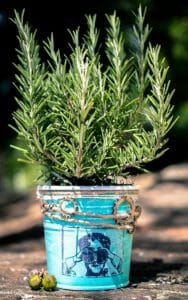
Which herbs can you grow from cuttings?
There are a lot of herbs present which you can use to grow from cuttings. These include Peppermint, Spearmint, Basil, Tulsi, Oregano, Lemon Balm, Lemon Grass, Sage, Lavender, Geraniums, etc to name a few.
All you need to do is cut just below a flowering branch and place it inside water. Some people also choose to add hummus to the water in order to allow the plant to grow faster. Another factor to take care of is the moisture and ambient temperature for you to get the maximum yield from your cuttings.
Final thoughts
Cuttings can be an inexpensive way to maximize your yield and save money on buying new plants or seeds. Plants also mature much faster from cuttings than from seeds.

